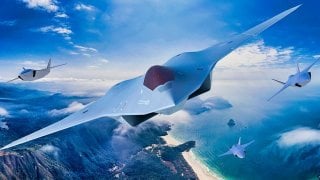How NGAD, F/A-XX and B-21 Raider will Transform the U.S. Military
As tensions between Washington and Beijing continue to ramp up, the arms race to develop the world’s first next-generation fighters is on. From submarines and fighters to bombers and main battle tanks, the U.S. and China are prioritizing the development of advanced and cutting-edge technologies. Perhaps the most anticipated sixth-generation designs are the upcoming Next-Generation Air Dominance (NGAD) program, the B-21 stealth bomber and the F/A-XX airframe.
As tensions between Washington and Beijing continue to ramp up, the arms race to develop the world’s first next-generation fighters is on. From submarines and fighters to bombers and main battle tanks, the U.S. and China are prioritizing the development of advanced and cutting-edge technologies. Perhaps the most anticipated sixth-generation designs are the upcoming Next-Generation Air Dominance (NGAD) program, the B-21 stealth bomber, and the F/A-XX airframe.
NGAD, F/A-XX, and B-21: A Simple Guide to Each Program
NGAD: Intended to replace the Air Force’s aging fifth-generation F-22 Raptor fleet, the NGAD airframe will transform the role of fighters once introduced. The stealth sixth-gen platform will possess both manned and unmanned capabilities.
The Air Force has described the NGAD program as a “family of systems,” incorporating studies from the Defense Advanced Research Project Agency (DARPA). The program was conceptualized back in 2014 and five different technologies have been prioritized in the fighter’s design; advanced weapons, digital design, stealth, thermal management and propulsion. Notably, AI technology and unmanned aerial vehicles (UAVs) will be incorporated in the NGAD.
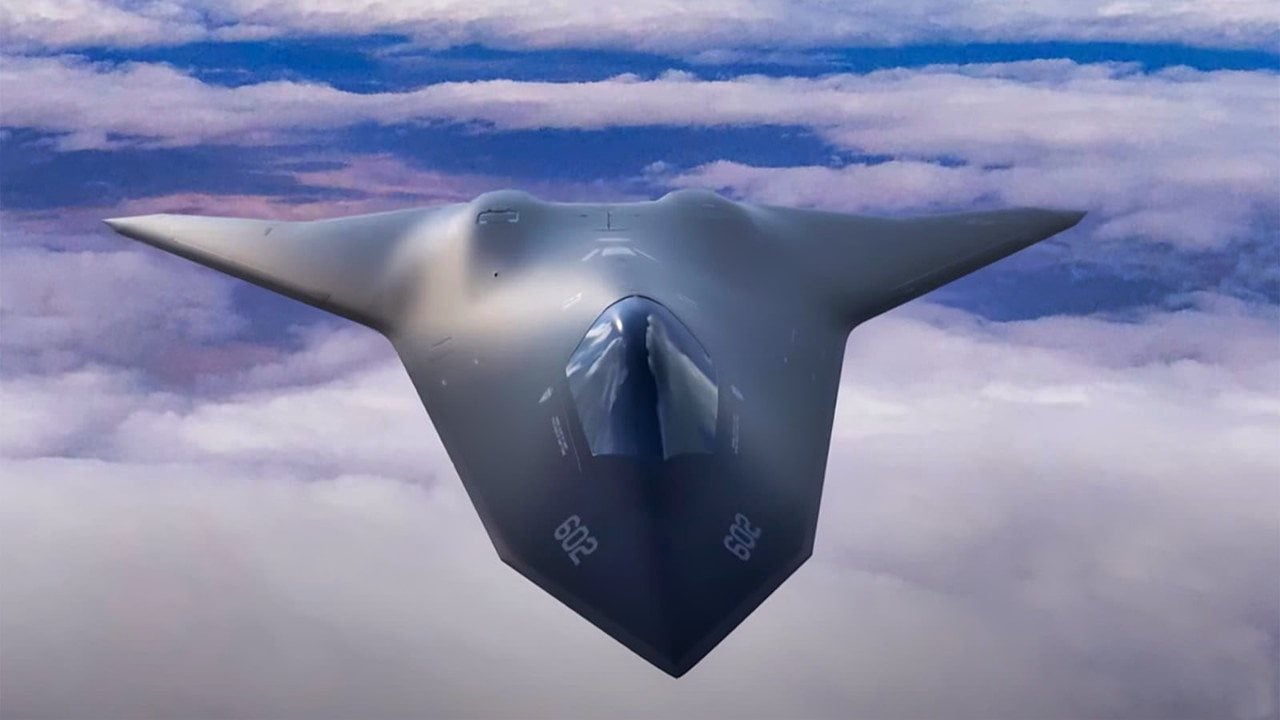
These collective combat aircraft are expected to fly alongside a sixth-generation fighter as “wingmen drones.”
F/A-XX: The Navy is also looking to introduce a replacement fighter for its fourth-generation F/A-18E/F Super Hornet Lightning II down the line. Its F/A-XX program was first conceptualized back in 2008, and the service hopes to introduce the program to service sometime in the 2030s.
Although the Navy’s NGAD family of systems has the same name as the Air Force’s sixth-gen program, its fighter is distinct from the USAF’s NGAD.
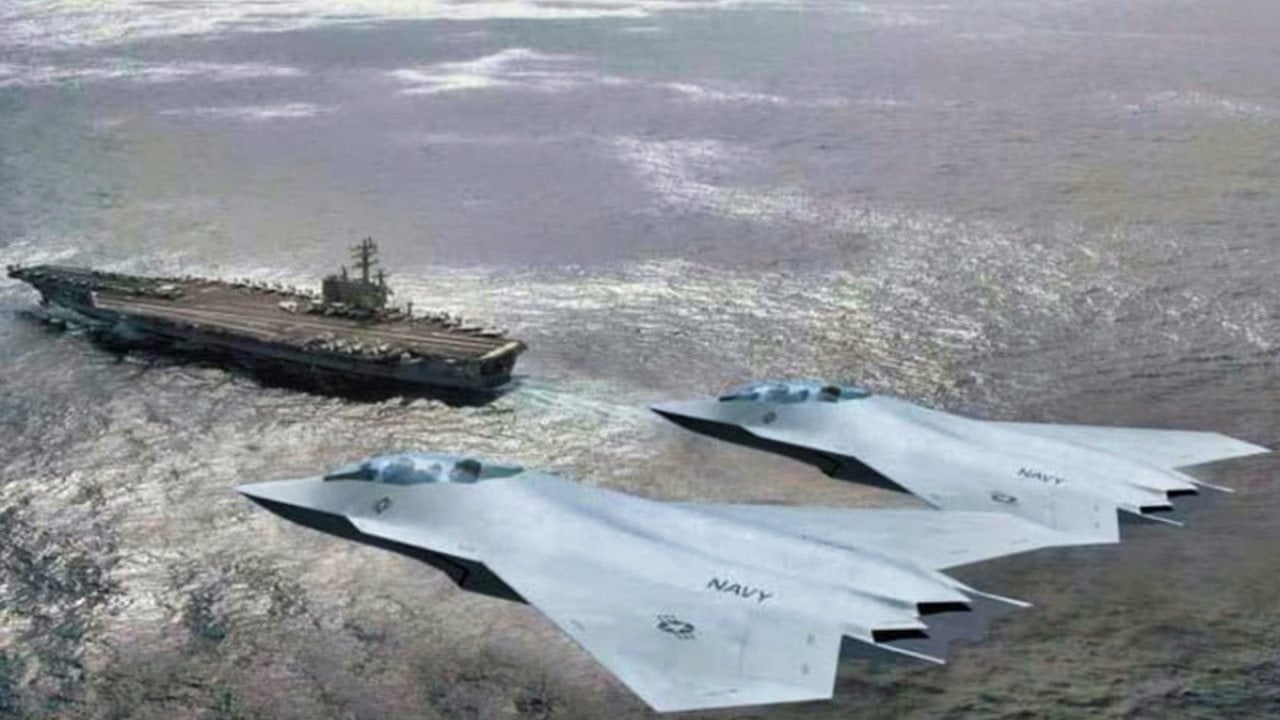
While limited information has been publicized to date, a Navy spokesperson told the Breaking Defense outlet that “F/A-XX has recently completed the Concept Refinement Phase and has entered Design Maturation,” adding that the service “has identified operational reach, capacity, long-range kill chains, autonomy, and next-generation survivability as key enablers in the Air Wing of the Future and supporting Family of System.”
B-21 Raider: In addition to its NGAD program, the Air Force is looking to advance the capabilities of its strategic bombing arsenal. Currently, the B-52 Stratofortress, the B-1B Lancer and the B-2 Spirit serve as the backbone of the service’s bomber fleet.
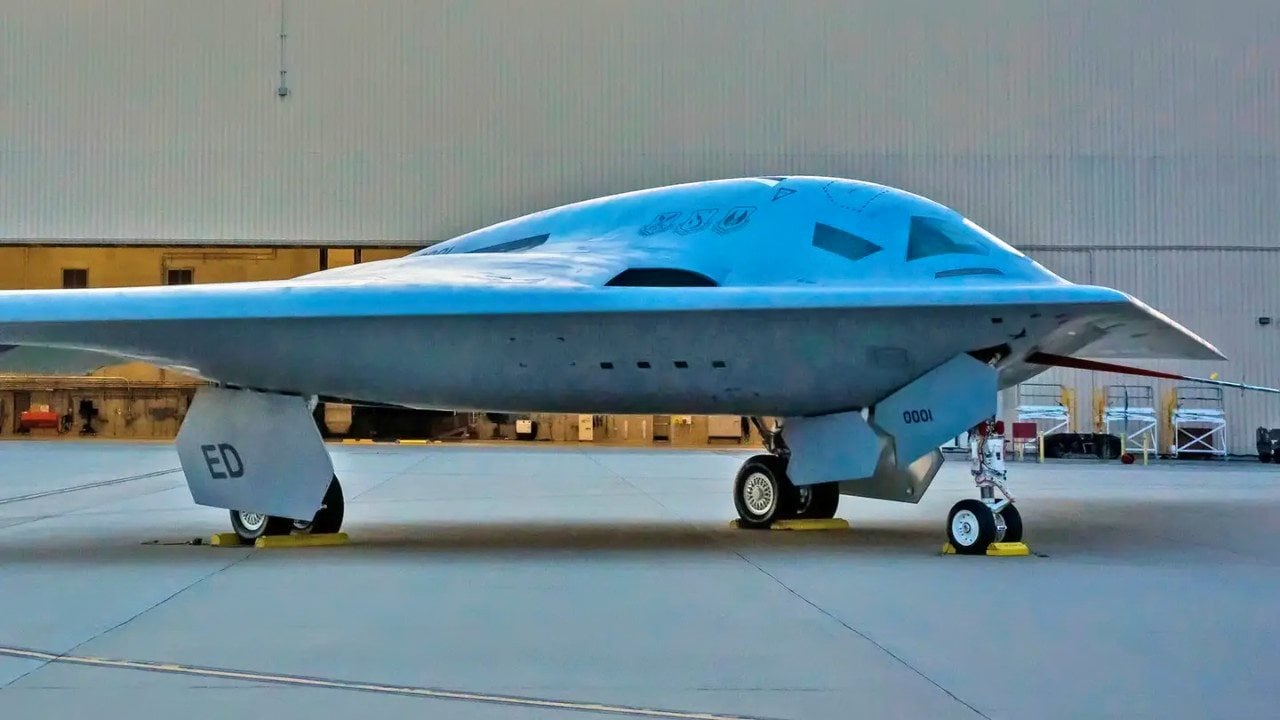
While all three remain viable, the Air Force is looking to stay ahead of China’s H-20 and Russia’s PAK-DA stealth bomber programs. The upcoming B-21 “Raider” will be part of the Long Range Strike Bomber program, able to deliver both conventional and nuclear weapons.
The Raider was conceptualized back in 2011 and is expected to enter service by 2027.
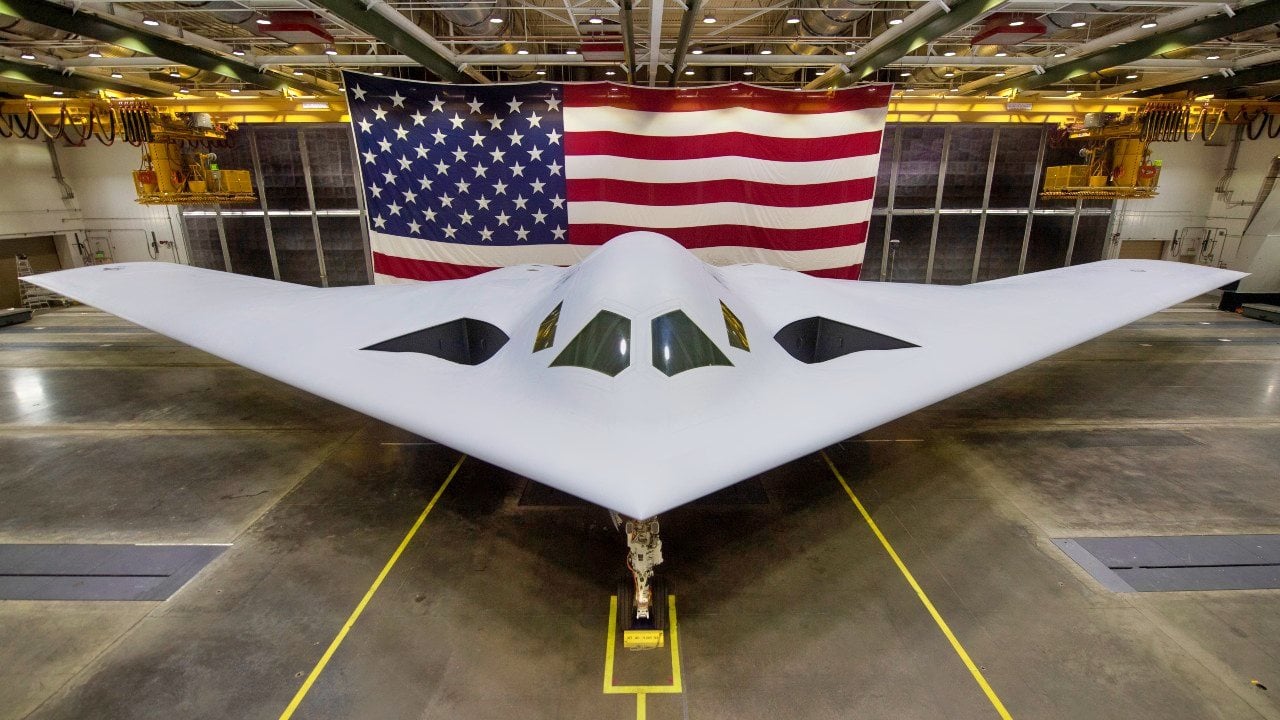
Although information regarding the true specs and capabilities of the bomber remain highly classified, the former Secretary of the Air Force did disclose that the Raider would serve as a “fifth-generation global precision attack platform with networked sensor-shoot capability.”
A U.S. Military Transformed
Achieving air superiority before a kinetic war breaks out is the top priority for U.S. officials. Once the NGAD, F/A-XX and B-21 take to the skies, America’s adversaries may tread more lightly.
When all three can join the U.S. military in the sky, Washington will have a fighting machine no nation on Earth could hope to match.
About the Author: Maya Carlin
Maya Carlin, National Security Writer with The National Interest, is an analyst with the Center for Security Policy and a former Anna Sobol Levy Fellow at IDC Herzliya in Israel. She has by-lines in many publications, including The National Interest, Jerusalem Post, and Times of Israel. You can follow her on Twitter: @MayaCarlin.


